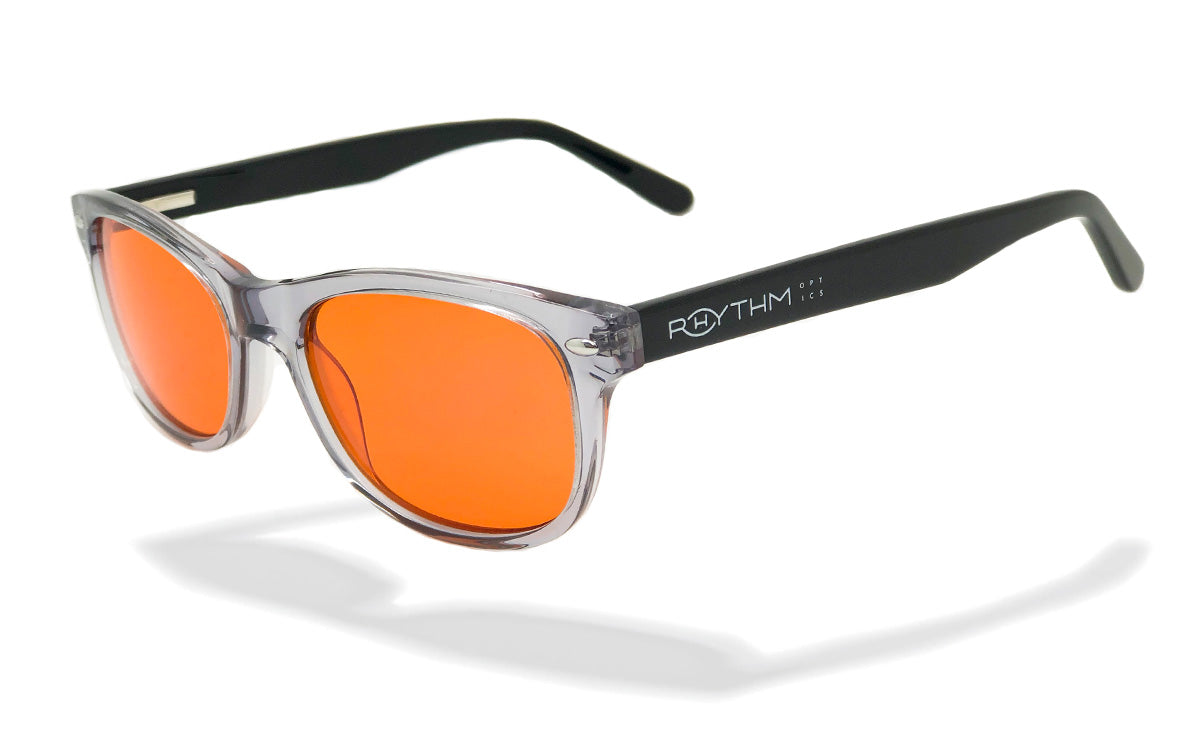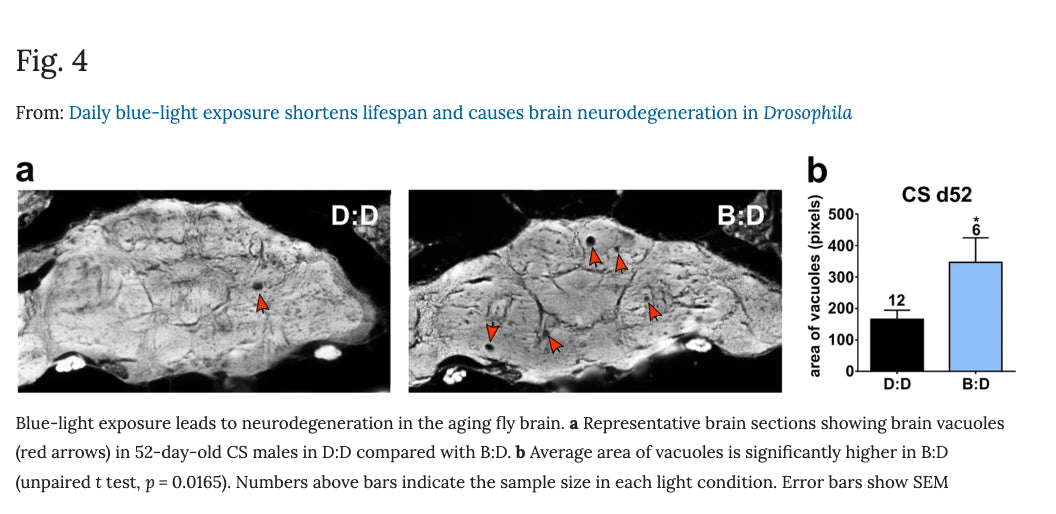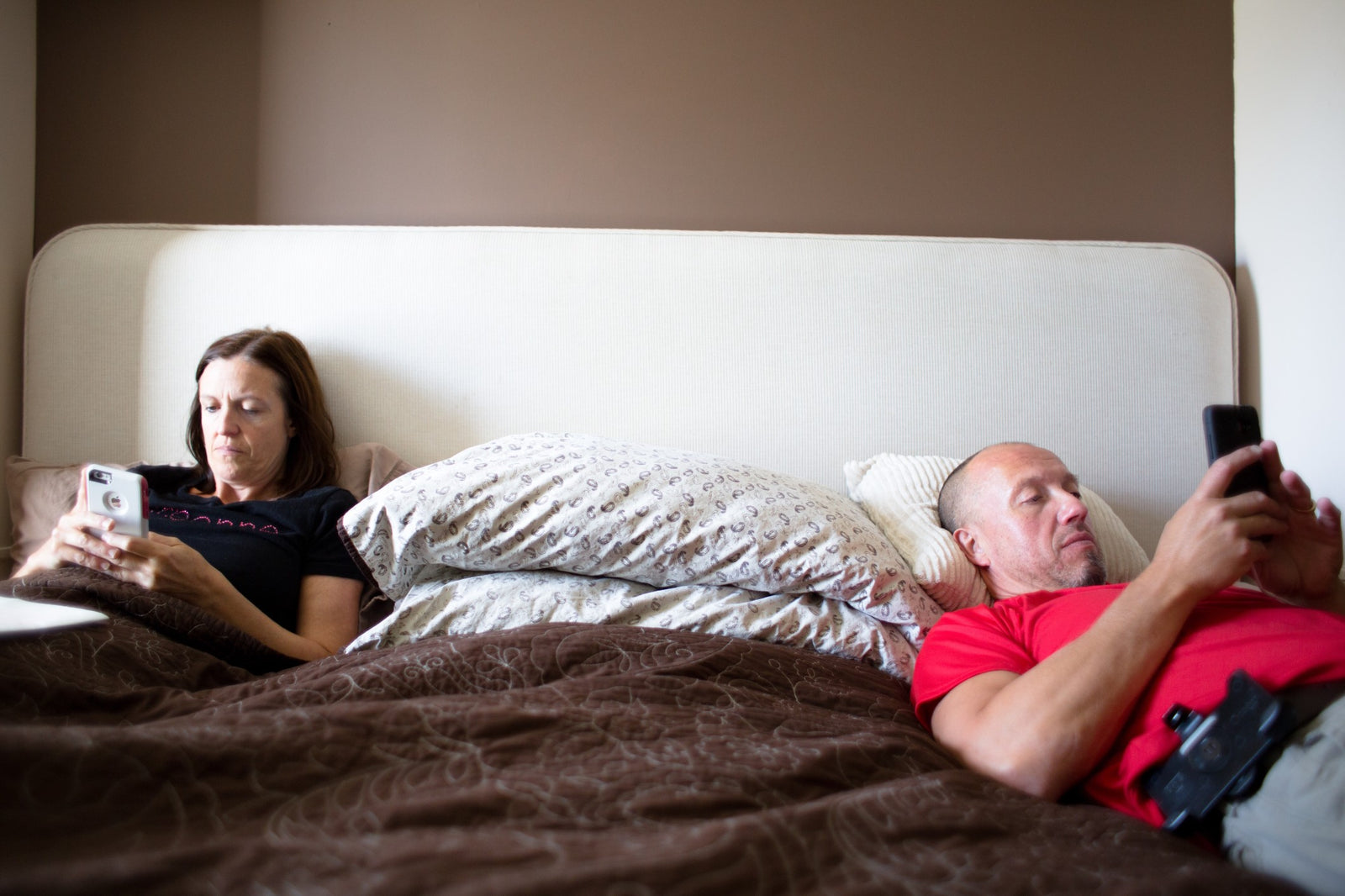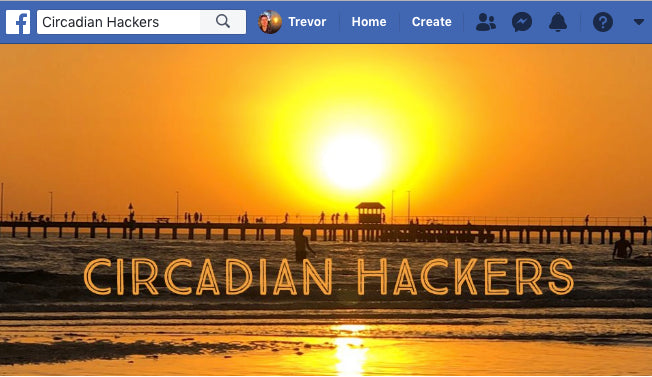How 12 hrs a day of Blue Light shortens lifespan and causes brain damage.
A recently published (17 Oct 2019) study[1] in Nature Journal - Aging and Mechanisms of Disease, titled Daily blue-light exposure shortens lifespan and causes brain neurodegeneration in Drosophila sought to study the long term effects of daily artificial blue light exposure typical of LED lights and screens. This research has uncovered some alarming effects well beyond the already known cellular eye damage.
While the study was carried out on Fruit Flies, don’t think it is not relevant to us humans. The Nobel Prize in Medicine & Physiology for 2017 was awarded for discoveries of the Circadian mechanism by studying the common fruit fly.
For this new study the researchers created a model 12hr light/12hr dark cycle.
They tested a 12hr White LED including Blue light spectrum/12hr Dark cycle against a 12hr White LED with the Blue spectrum blocked by a Yellow filter/12hr Dark cycle. Typical LED light with Blue appears White to the eye with a peak wavelength around 460nm and is similar to that from device screens and modern lighting.
This makes for a very interesting comparison of the typical modern human who today spends close to 12hrs a day average screen time - and then even more hours under artificial light before sleeping - against someone using yellow tinted blue light blocking eyewear when exposed to LED screens and lights during the day, followed by fully blocking blue and some green light after dark effectively creating a 12hr light/12hr dark cycle.
What they reported was not only accelerated degeneration of the retina, but brain neurodegeneration, impaired locomotion and accelerated ageing independent of retina damage.
When subjected to the daily White/Blue LED light a 30% decrease in longevity was found compared to the Yellow filtered White light with Blue wavelengths blocked. It also showed a decrease in mobility. After cross-testing in many different ways they found that lifespan reduction corresponded with blue light exposure and that irradiation by blue light wavelengths was responsible for their reduced longevity.

Also found was that the addition of 600nm Orange light (known to deactivate Rhodopsin) was not sufficient to regenerate retinal cells in counter to the damage from 460nm Blue light.
They measured retinal photoreceptor damage and as expected the cell damage from blue light exposure was clear.

They measured neuronal loss in the brain sections and found a significant increase in brain damage in the blue light exposed subjects.

It was found that blue light also induced increased stress response genes and that it increased with more extended exposure, suggesting that blue light has cumulative damaging effects and that it speeds up with advancing age. The longer they spent in blue light, the quicker they died! However, the good news is that damage can be halted upon removal of the blue light stressor - if it is addressed before an irreversible threshold.
Light in the 500-700nm range was found to have minimal effect on longevity.
So…. if any of this research can be applied to the human model, it reads a lot like those who spend all day exposed to artificial blue light at work in an LED or Fluoro lit office, behind a computer, looking at a device, can expect to end up like the poor flies that got landed with the blue light half of this research. With damaged eyes, brain neurodegeneration and dead before their time.
The lucky flies, and maybe the smart humans... can possibly avoid that fate by blocking the right specific wavelengths of blue light during the day as does the eyewear from our During Daylight collection, and then going deeper after sundown blocking all blue, and most green wavelengths to replicate the 12hr darkness period as does the eyewear in our After Sundown collection.
Above: Blue Light Blocking Eyewear for Day use.
Below: Blue Light Blocking Eyewear for Night use.
1. Daily blue-light exposure shortens lifespan and causes brain neurodegeneration in Drosophila Trevor R. Nash,et al npj Aging and Mechanisms of Disease https://doi.org/10.1038/s41514-019-0038-6






